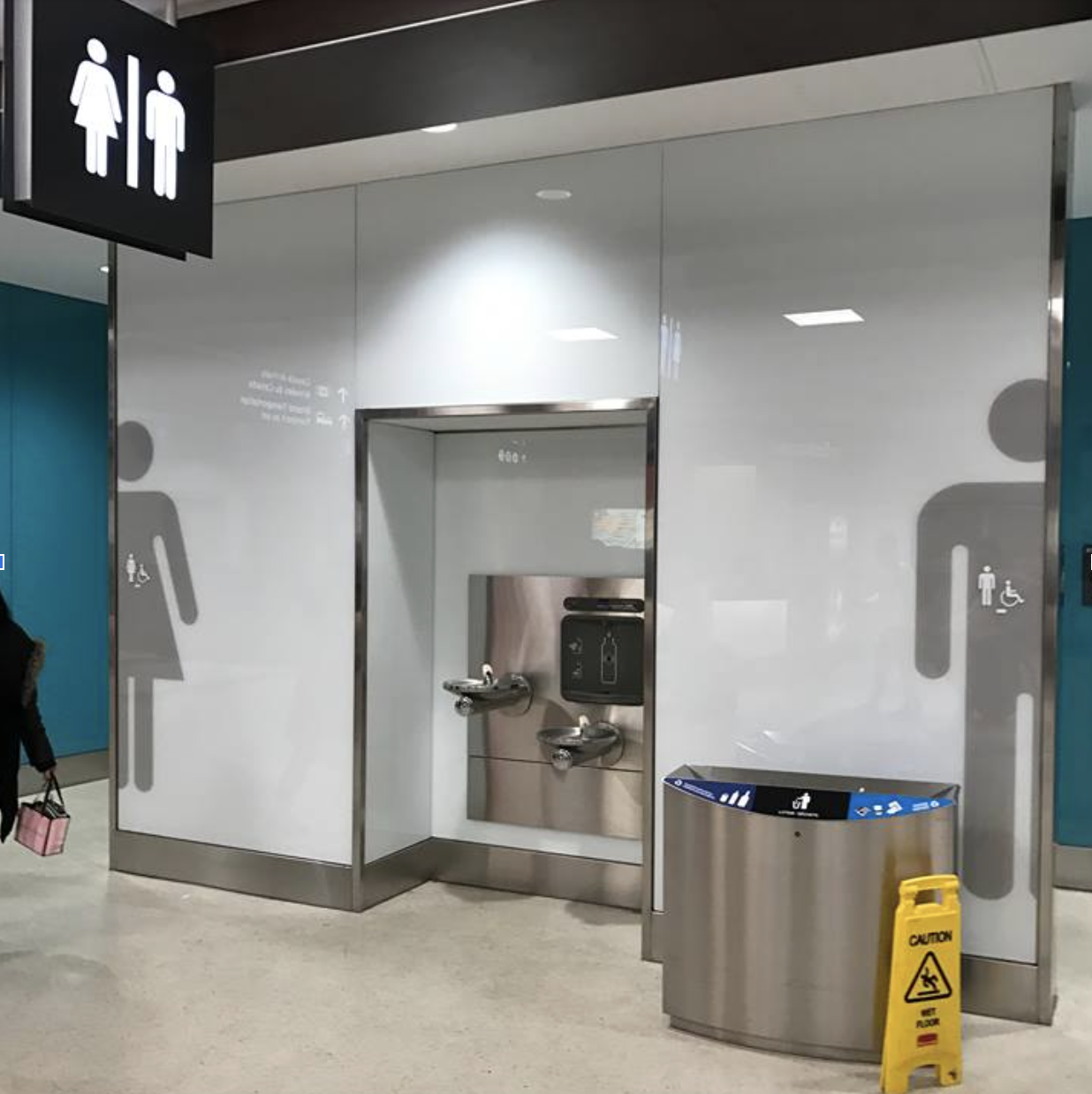Types of Glass: Clear vs Low-Iron
Back-painted glass is all about “the colour” so it’s important to understand what Types of Glass: Clear versus Low-Iron – you are using and why.
Achieving a nice reflective, modern, colour that matches all accents in the room is essential to the project. When deciding on what type of glass to use it is crucial to understand that there is an important difference.
Glass is not all as “clear” as you may think. Here are the two most common options you have:
Clear Glass
For people who are not familiar with this subject, you probably looked at this title and thought, “ok clear is clear the clearest glass there is” but it is more complicated than this. Despite clear glass being transparent, it does have a colour to it.
The iron particles found in the clear glass give it a greenish look and alters the colour slightly, which can make a significant difference when it comes to back-painted glass. We discuss low-iron glass below.
This type of glass is typically less expensive but keep in mind that it will alter the colour so be certain you see the effect and the resulting final colour before making your final decision.
Low-Iron Glass
When comparing Clear glass to Low-Iron glass? Low-Iron will have the least amount of colour disfiguration. The iron particles, which create the greenish look in clear glass, are reduced in low-iron glass to give you the most accurate final colour looking through the glass possible.
Primary glass manufacturers can modify the formula of molten glass by changing or reducing the iron content which does not change the physical structure of the finished annealed float glass. This type of glass is ideal for back painting while maintaining the true colour.
In the final analysis, the glass you choose to back paint will affect the colour. We suggest you get a sample of the exact glass and colour you will use in your project. This ensures there are no nasty surprises after the glass is painted.

